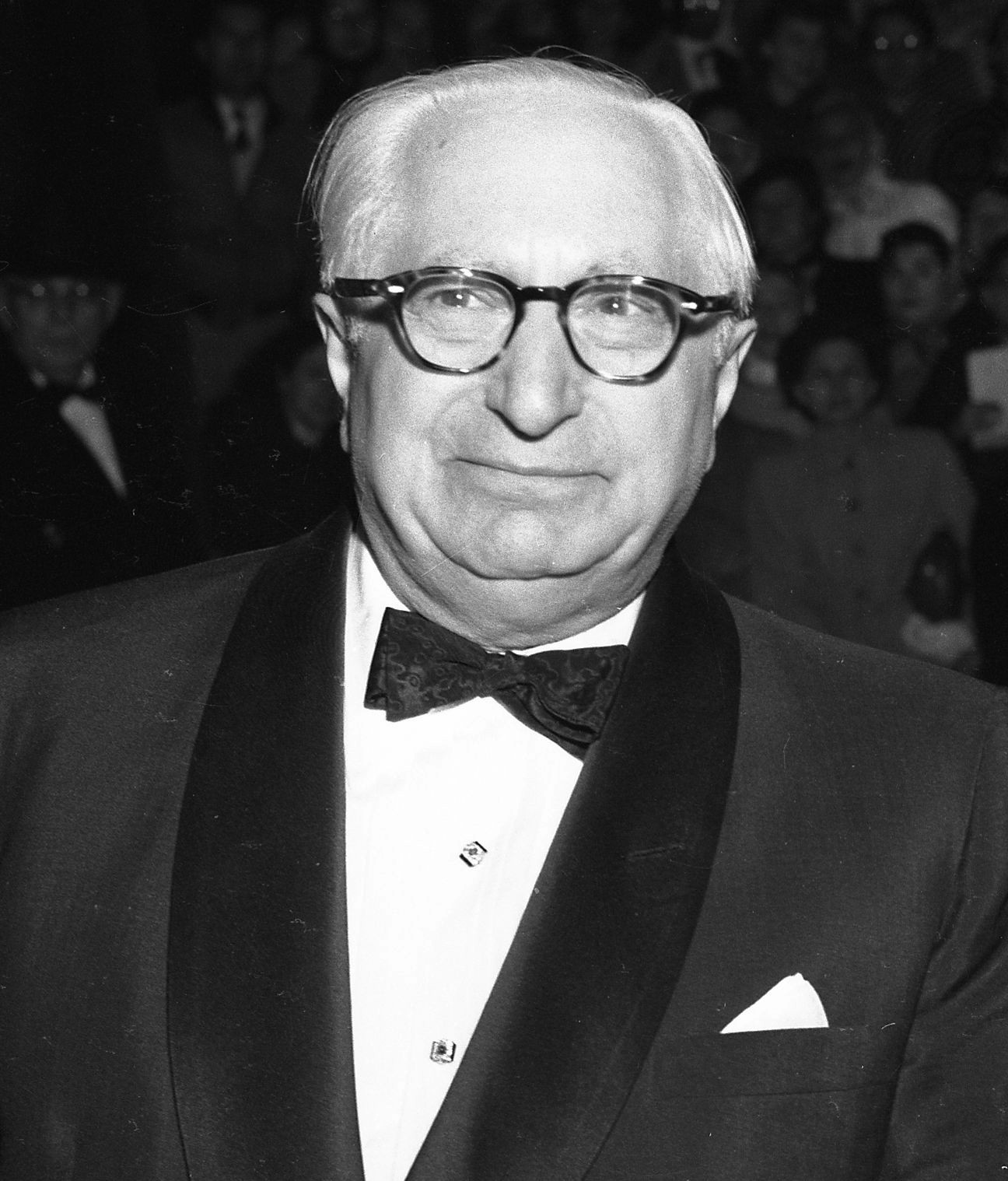William Howard, 1st Baron Howard of Effingham (c. 1510 – 12 January 1573), was the eldest son of
Thomas Howard, 2nd Duke of Norfolk by his second wife,
Agnes Tilney.
[1] Howard served four monarchs,
Henry VIII,
Edward VI,
Queen Mary and
Queen Elizabeth, in various official capacities, most notably on diplomatic missions and as
Lord Admiral and
Lord Chamberlain of the Household.
[edit] Career
Lord William Howard was born about 1510, the eldest son of
Thomas Howard, 2nd Duke of Norfolk by his second wife,
Agnes Tilney, the daughter of Hugh Tilney of
Skirbeck and
Boston, Lincolnshire and a daughter of Walter Tailboys.
[2] Howard was thus the half brother of
Thomas Howard, 3rd Duke of Norfolk, the 2nd Duke's eldest son and heir by his first marriage to Agnes Tilney's cousin, Elizabeth Tilney.
Howard was brought to court at a young age after completing his education at
Trinity Hall, Cambridge.
[3] In 1531 he was sent on an embassy to Scotland by
King Henry VIII, and accompanied the King to
Boulogne in October 1532. In May 1533, as deputy to his stepbrother,
Thomas Howard, 3rd Duke of Norfolk, he served as
Earl Marshal at the coronation of his niece,
Anne Boleyn, the daughter of his half sister,
Elizabeth Boleyn, Countess of Wiltshire. On the 10 September 1533, Howard bore the canopy over his great-niece princess Elizabeth (later
Queen Elizabeth 1). In 1534 Howard went to Scotland. His instructions including getting the measurements of
James V of Scotland from the
Bishop of Aberdeen,
Lord High Treasurer of Scotland.
Then Howard's tailor would make Henry VIII's nephew a new suit of
clothes as a present. Howard would then broach the subject of the two
Kings meeting in person.
[4] In February 1535 he was sent again to Scotland to invest James V with the
Order of the Garter and brought a present of 'great horses.' Howard met James V at
Stirling Castle on
Good Friday. They discussed a possible meeting of the two Kings at Newcastle at
Michaelmas.
Margaret Tudor praised his abilities and wrote that her son James V, "lykkis hym right weill."
[5]
In June 1535 he was in France as a member of the English embassy authorized to negotiate with the French Admiral,
Philippe de Chabot.
In February 1536 he was again in Scotland, this time for the purpose of
persuading the Scottish King to adopt Henry VIII's religious policy. He
returned to Scotland again in April. He was again in France in 1537. On
11 December 1539 he was among those who welcomed King Henry VIII's
fourth bride,
Anne of Cleves at
Calais.
[6]
While on an embassy to France in 1541 Lord Howard was charged with concealing the sexual indiscretions of his young niece,
Katherine Howard,
Henry VIII's fifth Queen, and was recalled to England to stand trial.
On 22 December 1541 Lord Howard, his wife, and a number of servants who
had been alleged witnesses to the Queen's misconduct were arraigned for
misprision of treason,
convicted, and sentenced to life imprisonment and loss of goods. Howard
and most of the others were pardoned after Queen Katherine's execution
on 13 February 1542.
[7]
In 1544 Lord Howard accompanied the
Earl of Hertford's forces in the
invasion of Scotland. It was reported that he was hurt in the cheek by an English arrow during fighting on Edinburgh's
Royal Mile.
[8] In July of that year he took part in the
siege of Boulogne.
On 27 May 1545 the King's Council ordered Howard to ‘repayre to serve
uppon the sees’. Later orders show that he detained several foreign
vessels while patrolling the
English Channel.
In May 1546 he was entrusted with the sum of £12,000 to pay the English
army at Calais. In connection with these duties he was referred to as
‘vice-admiral’ to the then
Lord Admiral,
Viscount Lisle. When Lisle's attendance was required in May 1546 at negotiations which resulted in the signing of the
Treaty of Ardres on 7 June 1546, he turned command of the English fleet over to Howard.
[9]
Lord Howard's career received a check in 1547 with the downfall of his step-nephew
Henry Howard, Earl of Surrey. However the setback was temporary.
[10] Lord Howard was an ally of
John Dudley, 1st Duke of Northumberland, then Earl of Warwick, in his coup against the
Protector Somerset in October 1549,
[11] and on 19 March 1551 received the manor of
Effingham, Surrey,
[12] and other properties by way of reward. On 29 October 1552 Northumberland secured Lord Howard's appointment as
Lord Deputy and Governor of Calais, and in the same month he was sworn of the
Privy Council. When the young
King Edward VI died on 6 July 1553, Lord Howard held Calais for
Queen Mary against the supporters of the nine days Queen,
Lady Jane Grey.
[13]
On 2 January 1554 Lord Howard was appointed to meet the Spanish
ambassadors who had come to London to negotiate a marriage between Queen
Mary and King
Philip II of Spain.
[14] Wyatt's rebellion broke out on 25 January, and Howard was among those who raised the
militia to defend London. On 7 February 1554 he held
Ludgate, preventing the rebels from entering the City and leading to their surrender a few hours later.
[15]
He was appointed to Queen Mary's Privy Council on 3 January 1554, and
on 11 March was created Baron Howard of Effingham. On 20 March 1554 he
was granted a patent as Lord Admiral, replacing
Lord Clinton. On 9 October of that year he was made a Knight of the Garter.
[16]
As Lord Admiral, Howard, with a fleet of 28 ships, met King Philip II
on his arrival in England in 1555, and in August of that year escorted
the King to
Flanders.
[17] In 1557 Howard's fleet transported a force under the command of the
Earl of Pembroke to Calais.
[18] Lord Howard's support for the accession of his great-niece,
Princess Elizabeth, exposed him to suspicion, although he was never considered disloyal by Queen Mary.
[19] In February 1558 Howard's patent as Lord Admiral was revoked, and on 12 February 1558 the office was restored to Lord Clinton.
[20] Howard was compensated by a grant of the
reversion of the office of
Lord Chamberlain of the Household and an annuity of 200 marks, effective the previous September.
[21]
[edit] Final years
After Queen Elizabeth's accession on 17 November 1558, Howard succeeded
Edward Hastings as Lord Chamberlain and was appointed to the Privy Council. In early 1559 he was among those who negotiated the
Treaty of Cateau-Cambrésis.
[22] In August 1564 he accompanied the Queen on a visit to
Cambridge, where he was awarded the degree of Master of Arts; on 6 October 1566 he was awarded a similar degree by the
University of Oxford.
[23]
According to McDermott, he was a 'near constant attendee at privy
council meetings during the 1560s', but by the latter part of 1572 he
could no longer discharge his duties as Lord Chamberlain because of ill
health, and the Queen appointed his nephew, the
Earl of Sussex, to replace him, appointing Howard as
Lord Privy Seal. Howard died at
Hampton Court Palace on 12 January 1573, and was buried on 29 January at
Reigate.
[24]
Whitgift School currently stands on the site of the former Howard estate at Effingham.
[citation needed] There is a full-length portrait of Lord Howard by
Daniël Mijtens at
Nostell Priory.
[citation needed]
[edit] Marriages and issue
Lord Howard married firstly, before 18 June 1531, Katherine (d. 23 April 1535), the daughter of John Broughton of
Toddington, Bedfordshire, and Anne, the daughter of Sir Guy Sapcote. They had one daughter, Agnes, who married
William Paulet, 3rd Marquess of Winchester. Lord Howard married secondly, before 1536, Margaret (d. 1581), the third daughter of Sir Thomas Gamage of
Coity,
Glamorganshire and Margaret, the daughter of Sir John Saint John of
Bletsoe, Bedfordshire, by whom he had four sons:
Charles Howard, 1st Earl of Nottingham, Sir William Howard of
Lingfield, Edward and Henry, and five daughters,
Douglas (wife firstly of
John Sheffield, 2nd Baron Sheffield of
Butterwick, Lincolnshire, secondly, of Sir
Edward Stafford of Grafton),
[25] Mary (wife of Edward Sutton, 4th Lord Dudley, and Richard Mompesson), Frances (wife of
Edward Seymour, 1st Earl of Hertford),
[26] Martha (wife of Sir
George Bourchier), and Katherine.
[27]
- ^ Richardson 2004, p. 237; McDermott 2008.
- ^ Richardson 2004, p. 237.
- ^ Richardson 2004, p. 237; McDermott 2008.
- ^ State Papers Henry VIII, vol 5, part IV part 2 (1836), 1-6, instruction for William Howard.
- ^ State Papers Henry VIII, vol 5, part IV part 2 (1836), 19-20, 38-42: Diurnal of Occurents, Bannatyne Club, (1830)
- ^ Weir 1991, pp. 392–393; McDermott 2008.
- ^ Weir 1991, pp. 474–475; Richardson 2004, p. 237; McDermott 2008.
- ^ Calendar of State Papers, Spain, vol.7, (1899), no. 89, French copy of an Imperial newsletter.
- ^ McDermott 2008; Loades 2008.
- ^ McDermott 2008.
- ^ McDermott 2008.
- ^ Cokayne 1926, p. 9.
- ^ McDermott 2008.
- ^ McDermott 2008.
- ^ Archer 2006; McDermott 2008.
- ^ Cokayne 1926, p. 9; McDermott 2008.
- ^ McDermott 2008.
- ^ McDermott 2008; Sil 2009.
- ^ McDermott 2008.
- ^ Duffin 2008.
- ^ McDermott 2008.
- ^ McDermott 2008.
- ^ Cokayne 1926, p. 9.
- ^ McDermott 2008; Cokayne 1926, p. 9.
- ^ Richardson 2004, pp. 237–238, 648.
- ^ Doran 2010.
- ^ Richardson 2004, p. 237; McDermott 2008.
[edit] References
- Adams, Simon (2008). Sheffield (née Howard), Douglas, Lady Sheffield (1542/3–1608), noblewoman. Oxford Dictionary of National Biography. Retrieved 12 March 2011.
- Archer, Ian W. (2006). Wyatt, Sir Thomas (b. in or before 1521, d. 1554), soldier and rebel. Oxford Dictionary of National Biography. Retrieved 13 March 2011.
- Cokayne, George Edward (1926). The Complete Peerage, edited by the Honourable Vicary Gibbs. V. London: St. Catherine Press. pp. 9–10.
- Davies, Catherine (2008). Howard [née Tilney], Agnes, duchess of Norfolk (b. in or before 1477, d. 1545), noblewoman. Oxford Dictionary of National Biography.
- Doran, Susan (2010). Seymour, Edward, first earl of Hertford (1539?–1621), courtier. Oxford Dictionary of National Biography. Retrieved 12 March 2011.
- Duffin, Anne (2008). Clinton, Edward Fiennes de, first earl of Lincoln (1512–1585), military commander. Oxford Dictionary of National Biography. Retrieved 13 March 2011.
- Head, David M. (2008). Howard, Thomas, second duke of Norfolk (1443–1524), magnate and soldier. Oxford Dictionary of National Biography. Retrieved 13 March 2011.
- Loades, David (2008). Dudley, John, duke of Northumberland (1504–1553), royal servant. Oxford Dictionary of National Biography. Retrieved 13 March 2011.
- McDermott, James (2008). Howard, William, first Baron Howard of Effingham (c.1510–1573), naval commander. Oxford Dictionary of National Biography. Retrieved 12 March 2011.
- Richardson, Douglas (2004). Plantagenet Ancestry: A Study in Colonial and Medieval Families, ed. Kimball G. Everingham. Baltimore, Maryland: Genealogical Publishing Company, Inc.
- Sil, Narasingha P. (2009). Herbert, William, first earl of Pembroke (1506/7-1570), soldier and magnate. Oxford Dictionary of National Biography. Retrieved 13 March 2011.
- Weir, Alison (1991). The Six Wives of Henry VIII. New York: Grove Weidenfeld.
- Attribution








